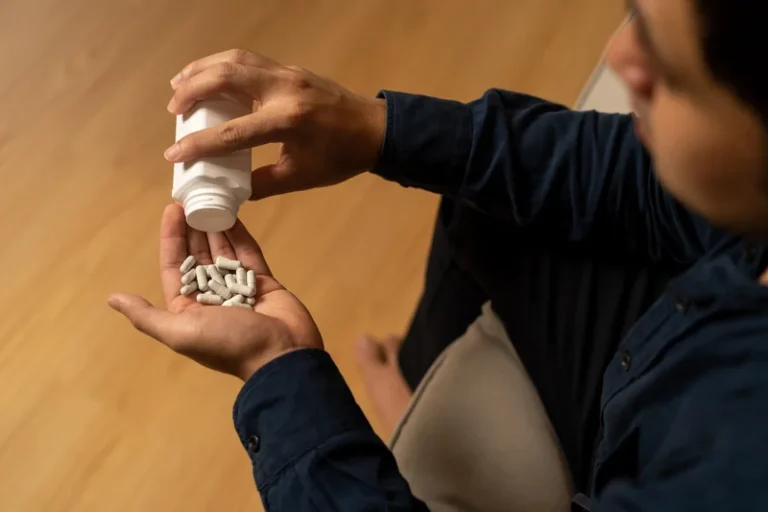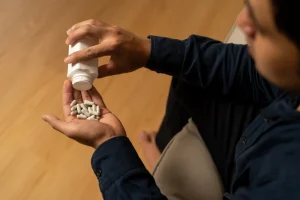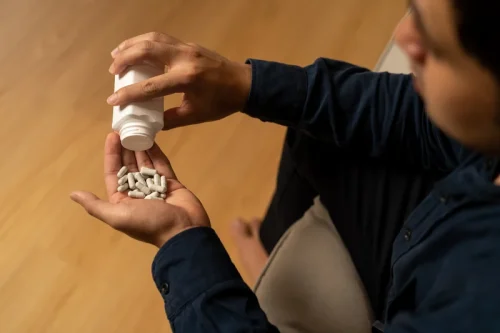
It is characterized by physical changes in the brain that cause strong urges to use the substance that can be very difficult to resist. This makes impaired control over alcohol one of the most evident signs of addiction. Have you ever wondered about the mysterious connection between alcohol and the red, swollen nose phenomenon? 🤔 In this insightful article, we dive deep into the world of the “Alcoholic Nose,” exploring its origins, defining characteristics, and dispelling common myths. If untreated, rhinophyma can create additional medical issues, like respiratory problems making breathing challenging. However, an examination by the University of South Florida Morsani College of Medicine in 2015 disproved this theory.

The Link Between Alcohol and Rosacea
However, alcohol use disorder is treatable with detox, inpatient rehab programs, and other treatment services. Common treatment options include medication, behavioral therapies, and 12-step support groups. According to more recent studies, however, the definitive link between alcohol alcoholic nose name consumption and rhinophyma has been disproven. Many people who did not drink alcohol regularly or who were not suffering from alcohol use disorder have been diagnosed with the condition. Given its name—alcoholic nose—it’s not hard to figure out that there was once thought to be a connection between alcohol abuse and a large, red, and bulbous nose. Rosacea is a chronic skin condition that is characterized by facial flushing—especially in the nasal area or cheeks—and irregular redness.
- This is because alcohol enlarges blood vessels in the body, causing blood to flow to the surface of the skin more easily.
- The exact cause of rhinophyma is still unknown, but several factors can contribute to its development.
- Extensive scientific research into addiction has uncovered a range of evidence-based treatment options to help people recover from addiction and live full and productive lives.
- Treatment for basal cell carcinoma usually involves surgery to remove the affected tissue.
- These triggers vary from person to person, so you should track your symptoms to identify your triggers.
Treating Alcoholic Nose And Alcohol Use Disorder
Instead, if an individual has rosacea and drinks often, they might trigger more rosacea flare-ups, which can lead to increased thickening of the skin on their nose. The Mayo Clinic reports that over a long period of time, rosacea can thicken the skin of the nose. This thickening of the nose causes it to become more bulbous, which is the condition you now know as rhinophyma. Although rosacea itself is more common in women than men, the specific side effect of rhinophyma happens more often in men than women. This often looks like some exaggerated patches of red on the face with thin spidery lines along the cheeks and other parts of the face, which are the visible blood vessels. Some people can also experience small scatterings of red bumps that can be filled with pus and the skin could feel warm or mildly irritated.

Why is Rhinophyma Called Alcoholic Nose?

Now, does this mean that alcohol is completely unrelated to rhinophyma? Rhinophyma is an entirely unique condition that is separate from alcoholism. Aside Alcoholics Anonymous from agitating rhinophyma or Rosaceae, alcoholism can have several other effects on the looks of those suffering from it. There are inevitable risks and consequences of mixing gabapentin and alcohol. Learn why combining these substances can be dangerous and how it may impact your health.
- Despite its name having drinkers’ nose does not mean you are an alcoholic.
- According to the Mayo Clinic, rosacea symptoms often come in episodes.
- As you can see from that list, alcohol is a factor that can trigger a rosacea flare-up.
- If you or a loved one has an Alcoholics nose, getting help as soon as possible is vital.
- We adhere to strict accuracy guidelines and only reference credible sources when providing information on our website.
- Rosacea is a skin condition that is characterized by red cheeks or red patches on the face along with visible blood vessels.
- Many people who did not drink alcohol regularly or who were not suffering from alcohol use disorder have been diagnosed with the condition.
What Is Drinker’s Nose?
- Alcoholic nose, also known as rhinophyma, is a condition often misunderstood and misrepresented.
- Understanding the true causes of rhinophyma is crucial in dispelling myths and providing effective treatment.
- When a person has rosacea, their skin—especially on the face— will appear red and create visible blood vessels in the face.
- This treatment uses targeted beams of light to shrink blood vessels and reduce the size of the nose.
- Continue on Bake Pkwy for about 2.6 miles.Turn right onto Birtcher Dr.Your destination, Birtcher Dr, Lake Forest, CA 92630, will be on your right.
Understanding your body’s response to different alcoholic beverages can help https://ecosoberhouse.com/ in managing your symptoms more effectively. The signs of rhinophyma may begin to appear in adolescence or early adulthood. Rosacea often develops in the following stages, which increase in severity with age and continued aggravation. Get professional help from an online addiction and mental health counselor from BetterHelp. Surgery, including laser treatment or dermabrasion, may be necessary to remove large bumps on the nose from rhinophyma if they interfere with breathing.


Early diagnosis and treatment are crucial in preventing such severe outcomes. Rhinophyma can cause the oil glands in the nose to enlarge, contributing to the swollen and bulbous appearance. This enlargement can also lead to increased sebum production, making the skin appear oily. Managing oil production through appropriate skincare can help in reducing some of these symptoms.